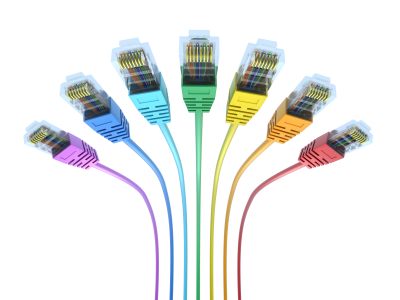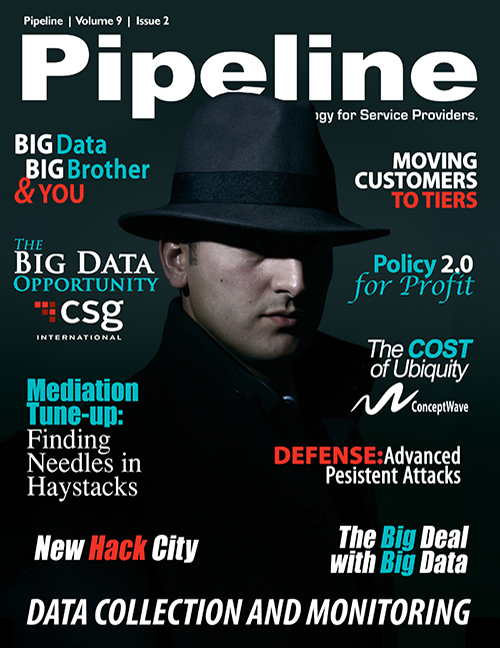Big Data: Needles, Haystacks and Where to Find Magnifying Glasses
By: Magnus Hyttsten
 Surprise! There’s an enterprise data explosion going on.
Surprise! There’s an enterprise data explosion going on.Okay, perhaps it's not a surprise. Actually, you’ve doubtlessly heard about it and may even now be inured to the stories, albeit some of them exaggerated. But from advances in network technology to the reality that data-generating smartphones are now the majority devices in the U.S. mobile market, according to a new report from Nielsen, data really is being gathered in from all directions. The challenge for today’s communications service providers (CSPs) is to avoid being swept away in the resulting sea of data chaos.
Let’s be blunt; what’s happening here has real consequences. CSPs face challenges to provide and manage available bandwidth as well as to launch and then monetize the sort of next-generation service offerings that will define the new commercial landscape. The underlying questions are how will they meet these challenges and how can Big Data help them create a better and more profitable service world?
If CSPs can keep pace with the increased data that flows from subscriber usage, they have an opportunity to radically sharpen the way they run their businesses. Improved profitability, more effective usage and network management, and other positive outcomes are all within reach. The better CSPs can understand the messages hidden in their usage data haystacks, the more effectively they’ll be able to expose and react to the trend-representing needles held within.
But there’s a problem. Most CSPs can’t easily resolve the needles from the haystacks in which they’re buried. The majority of today’s IT legacy systems are either rapidly approaching
critical mass, or have already passed their tipping points of optimum performance. Business support systems (BSS) that are more than 10 years old were designed for what the network and service
world used to be, not the significantly different beast it has become today. This reality is important. And for CSPs, the need to rely on solutions built on such shifting sands arguably couldn’t
have come at a worse time because the appetite to transform IT infrastructures now, given the current global macro-economic climate, is understandably muted.
What to do? Grasp the nettle and risk upgrading through major investment, or sit on your hands and make the best of your present lot? Choosing the latter approach is not without consequences (all-you-can-eat iPhone data plans, anyone?). The former isn’t too appealing either in an age of necessary budgetary restraint. But there’s an alternative: address the (often perceived as unglamorous) engine that sits at the junction of network activity and BSS, sometimes known as mediation. The right mediation decisions bestow the potential for CSPs to have their cakes and eat them, too.
Smartphones are considered part of the multi-screen movement, in which TV viewers and computer users also consume media on a portable device like a phone or tablet. In many cases, smartphone owners are using mobile devices instead of computers or televisions for shopping, watching videos and gaming. It is largely these users who have caused CSPs to spend huge amounts of time and manpower trying to manage and mediate the large amounts of data they produce.





















